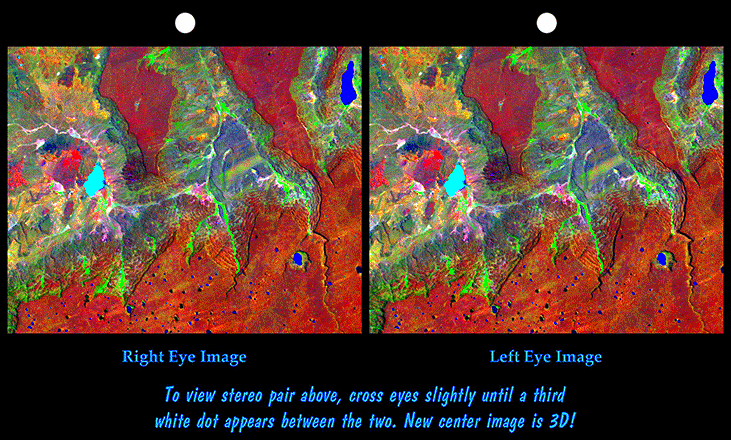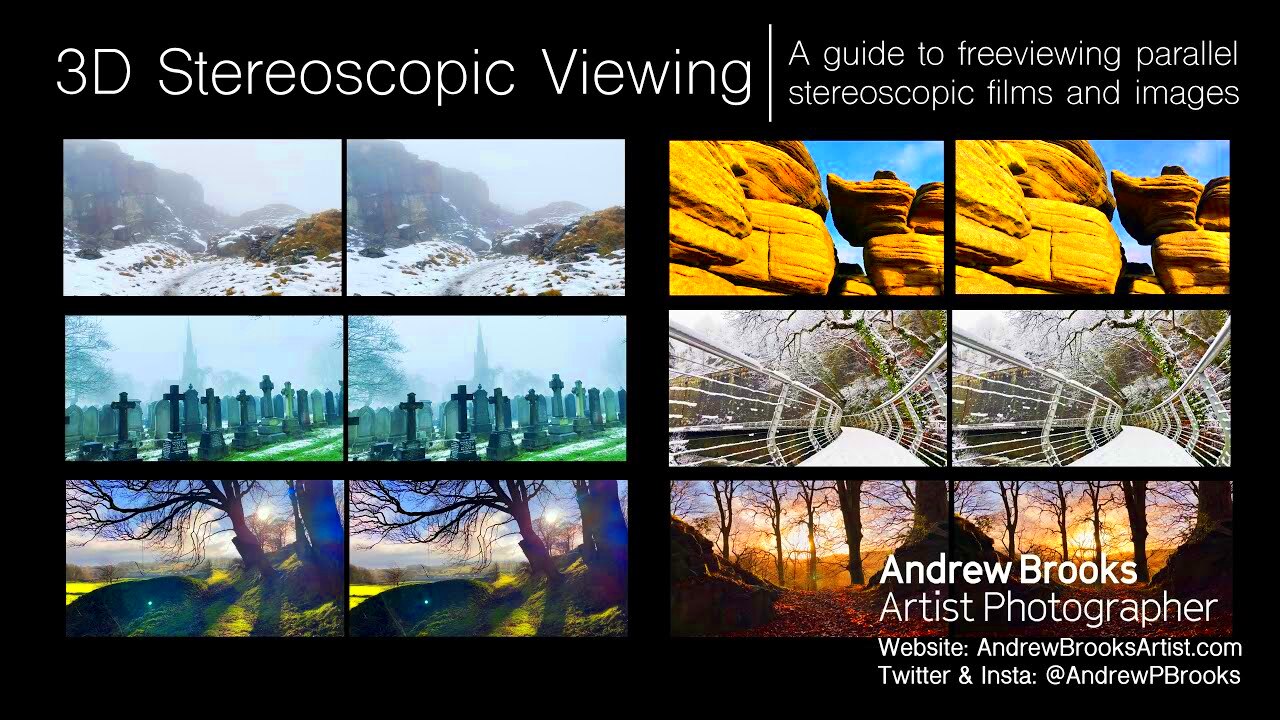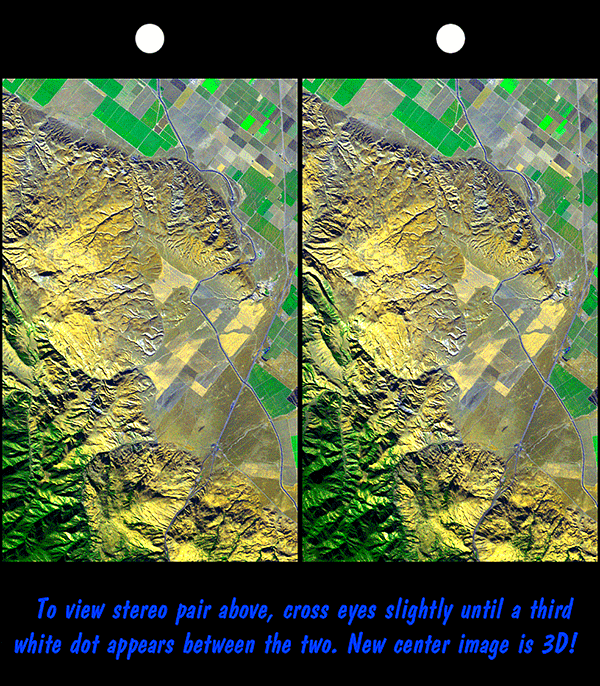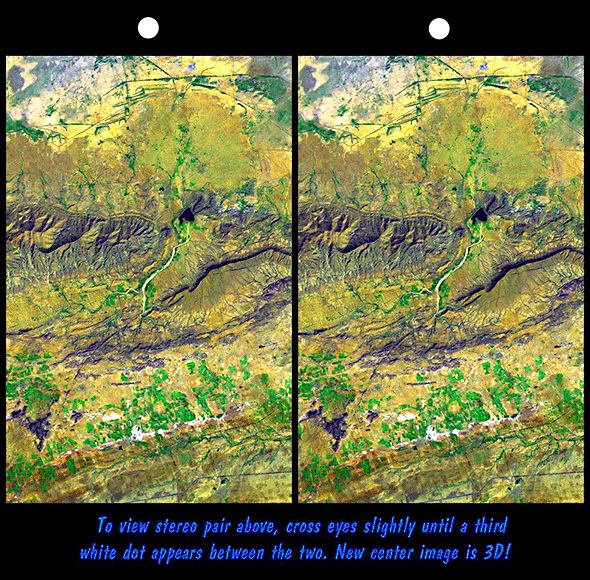Stereo images, also called stereoscopic images, are pairs of images designed to create a three-dimensional effect when viewed together. These images work by showing two slightly different perspectives of the same scene, one for each eye, allowing our brain to merge them into a single, immersive 3D image.
Stereo images are more than just visually interesting; they are valuable in many fields. From education and entertainment to medical imaging and virtual reality, stereo images help convey depth and realism. They make it easier to understand complex structures, explore realistic simulations, and enjoy immersive visual experiences.
By enhancing depth perception, stereo images allow users to engage with visual content on a deeper level, making them essential in both professional and personal applications.
How Stereo Images Are Created

Creating stereo images involves capturing two images of the same scene from slightly different angles—typically mimicking the distance between human eyes. This small difference in viewpoint is what creates the 3D effect when viewed correctly.
There are several common methods for creating stereo images:
- Dual-Lens Cameras: Some cameras use two lenses set apart to capture two images simultaneously. These cameras are popular in professional 3D photography.
- Single-Lens Shift: This technique involves taking two photos with a slight lateral shift between each shot. It’s a common method for amateur photographers.
- Software Processing: Advanced software can take a single image and generate a stereo effect by simulating depth layers.
While professional photographers may use specialized cameras, many software options are available that help create stereo effects with ease, bringing this 3D experience within reach for amateurs too.
Ways to View Stereo Images for the Best Experience

To truly enjoy stereo images, it’s essential to view them correctly. Various methods and tools can help you achieve the 3D effect:
- Free-Viewing: With practice, you can learn to merge the two images by relaxing your eyes. Although it can be challenging, free-viewing requires no special equipment.
- Stereoscopes: These classic devices hold stereo image pairs and make it easy for users to view them in 3D. Stereoscopes are user-friendly and widely available for casual and professional use.
- 3D Glasses: Using red-blue (anaglyph) glasses, you can view digitally created stereo images on screens, making them popular for online or digital stereo content.
- Virtual Reality (VR) Headsets: For a fully immersive experience, VR headsets display stereo images with depth and realism, ideal for modern digital applications.
Each viewing method has its advantages. For example, free-viewing is convenient, but VR headsets provide the most immersive experience, especially for complex or animated stereo content.
Using a Bitchute Video Downloader to Find Stereo Content

BitChute, a popular video-sharing platform, hosts a wide variety of content, including stereo videos. If you're interested in 3D or stereo content, downloading these videos can help you view them offline and experiment with different playback methods. Using a BitChute video downloader, you can save stereo videos directly to your device and enjoy them on your preferred viewer without relying on an internet connection.
Here’s how a BitChute video downloader can enhance your stereo image experience:
- Offline Viewing: Downloaded videos can be viewed offline, which is useful for presentations or locations without internet.
- High-Quality Playback: Many downloaders offer options to save videos in high resolutions, enhancing the quality of stereo content.
- Convenient Format Conversion: Downloaders often let you choose formats that work best for specific devices or stereo viewers, like VR headsets or anaglyph screens.
Using a BitChute downloader provides flexibility, making it easier to access and enjoy stereo content wherever you are. Just remember to download responsibly, respecting copyright and platform guidelines.
Benefits of Viewing Stereo Images in Different Fields

Stereo images are not only visually captivating but also offer functional benefits across various fields. Their ability to present a sense of depth makes them valuable for professionals and enthusiasts alike:
| Field | Benefits of Stereo Images |
|---|---|
| Education | Stereo images make complex subjects, such as anatomy or geology, easier to understand by providing a realistic, 3D representation. |
| Medical Imaging | Doctors and surgeons use stereo images to analyze structures in 3D, improving diagnostics and surgical planning. |
| Entertainment | Movies, games, and virtual tours often use stereo images for a more immersive experience that enhances audience engagement. |
| Architecture and Engineering | 3D modeling with stereo images helps architects visualize structures, making it easier to identify design flaws early on. |
These benefits highlight the broad appeal and practical value of stereo images, especially in fields requiring precision, realism, and immersive visualization.
Common Tools and Devices for Stereo Image Viewing
Viewing stereo images properly requires the right tools, and there are several options depending on the desired level of immersion and convenience. Here are some popular tools and devices for stereo viewing:
- Stereoscopes: Classic handheld devices that let users view printed stereo image pairs easily. Stereoscopes are widely used for both recreational and professional purposes.
- Anaglyph 3D Glasses: Affordable red-blue glasses used for viewing digitally created anaglyph stereo images on screens. They’re perfect for home use and easily accessible.
- VR Headsets: These offer the most immersive viewing experience, especially for 3D animations and simulations. VR headsets are ideal for interactive stereo content and virtual reality applications.
- 3D Projectors: For group viewings, 3D projectors display stereo images on a large screen, allowing multiple viewers to enjoy the 3D effect simultaneously.
- Cross-View Techniques: With some practice, you can learn to view stereo image pairs without equipment by crossing your eyes slightly to merge the images.
Each tool offers a different experience, from the simplicity of free-viewing to the immersive quality of VR headsets. Choosing the right tool depends on your needs, the type of content, and how immersive you want the experience to be.
FAQ About Stereo Images and Their Use
Here are some commonly asked questions about stereo images, covering everything from their basic purpose to the best ways to view them. This FAQ should help clarify key aspects and answer practical questions about stereo image usage.
1. What exactly are stereo images?
Stereo images are two images of the same scene taken from slightly different angles, typically similar to the distance between human eyes. This pair creates a 3D effect when viewed together, allowing for depth perception.
2. Do I need special equipment to view stereo images?
While some viewing methods, like free-viewing or cross-view, require no equipment, many find it easier to use tools like stereoscopes, anaglyph 3D glasses, or VR headsets for a more consistent 3D effect.
3. Are stereo images the same as 3D images?
Yes, stereo images are a form of 3D imaging. The term “3D images” refers to any images with depth, while stereo images specifically use two slightly different perspectives to create this effect.
4. What types of content work best as stereo images?
Subjects with depth, texture, or layers (like landscapes, architecture, and certain close-up shots) work best. Flat or low-contrast subjects may not provide a strong 3D effect.
5. How do stereo images help in professional fields?
In fields like medicine and engineering, stereo images provide detailed depth information, aiding in diagnoses, visualizing complex structures, and improving design accuracy. They’re also popular in education, entertainment, and VR applications.
Conclusion and Key Takeaways on Stereo Images
Stereo images offer a unique way to experience depth and realism in visual media, benefiting both casual viewers and professionals. From the versatility of viewing methods to their application in various fields, stereo images provide a valuable perspective on 3D content. Choosing the right tools and understanding their applications can make stereo images a fascinating and practical part of everyday life.

 admin
admin








